Meet Marty
A real programmable robot with character!
Marty the Robot is the best value-for-money humanoid robot on the market. In our experience, humanoid robots are the most exciting tool for making STEM learning engaging for all students. Marty is designed for educators and learners, is simple to use, incredibly robust and absolutely state of the art. And Marty can walk, dance and eyebrow-wiggle like no rolling robot can! Marty is equipped with a unique walking mechanism, with each individual limb controlled by a separate motor. This means Marty can turn, kick a ball and so much more, while also being more stable than other walking robots.
Marty comes with extensive technical support from our dedicated team, and an ever-growing set of curriculum-linked lessons and activities suitable for beginners, intermediate and advanced coders.

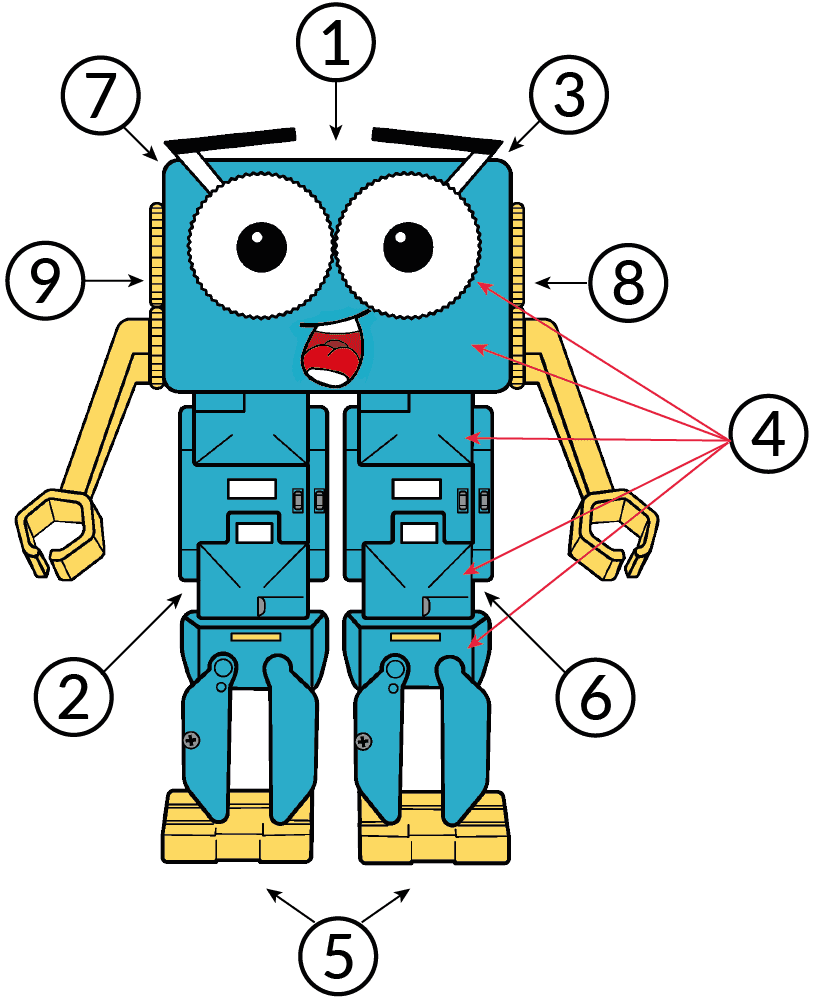
Marty supports progression from screen-free programming and block-based coding, to text-based programming language Python and more.
Program Marty from PC, or any Android and iOS devices, using our app. Connect using Bluetooth, WiFi, USB or I2C for custom add-ons.
Marty comes with an extensive library of educational resources. From curriculum-linked lesson plans to classroom-ready presentations, you’ll find it all in our Learning Portal.
To get the most out of your Marty, go to our Knowledge Base for all the ‘how to’ user guides, articles and FAQs.
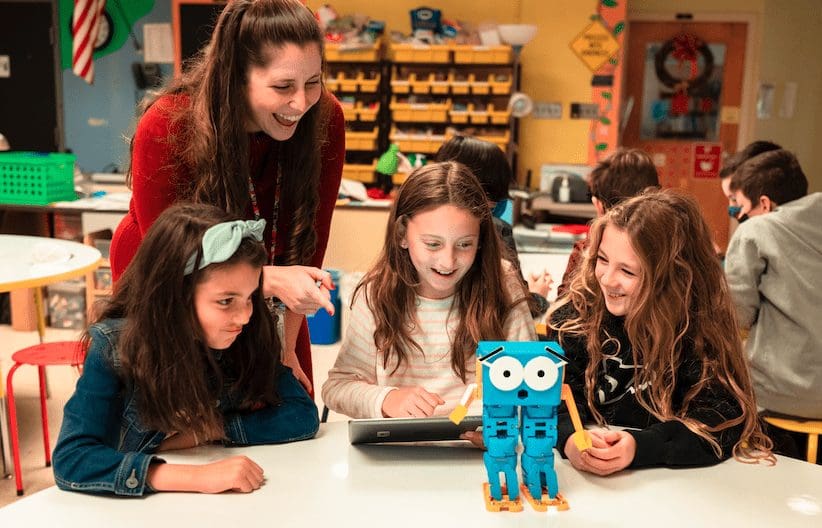
Marty is a truly cross-curricular tool, from language studies and mathematics, to health & wellbeing – there are very few subjects where Marty cannot be integrated.
Marty the Robot is designed to make learning about computer science and coding a fun and engaging experience. From introducing screen-free programming in pre-school, right through to university, Marty is a flexible learning tool that grows with your students.
Introduce your students to computational thinking with fun activities, then ease the jump to real world programming languages through a familiar platform.
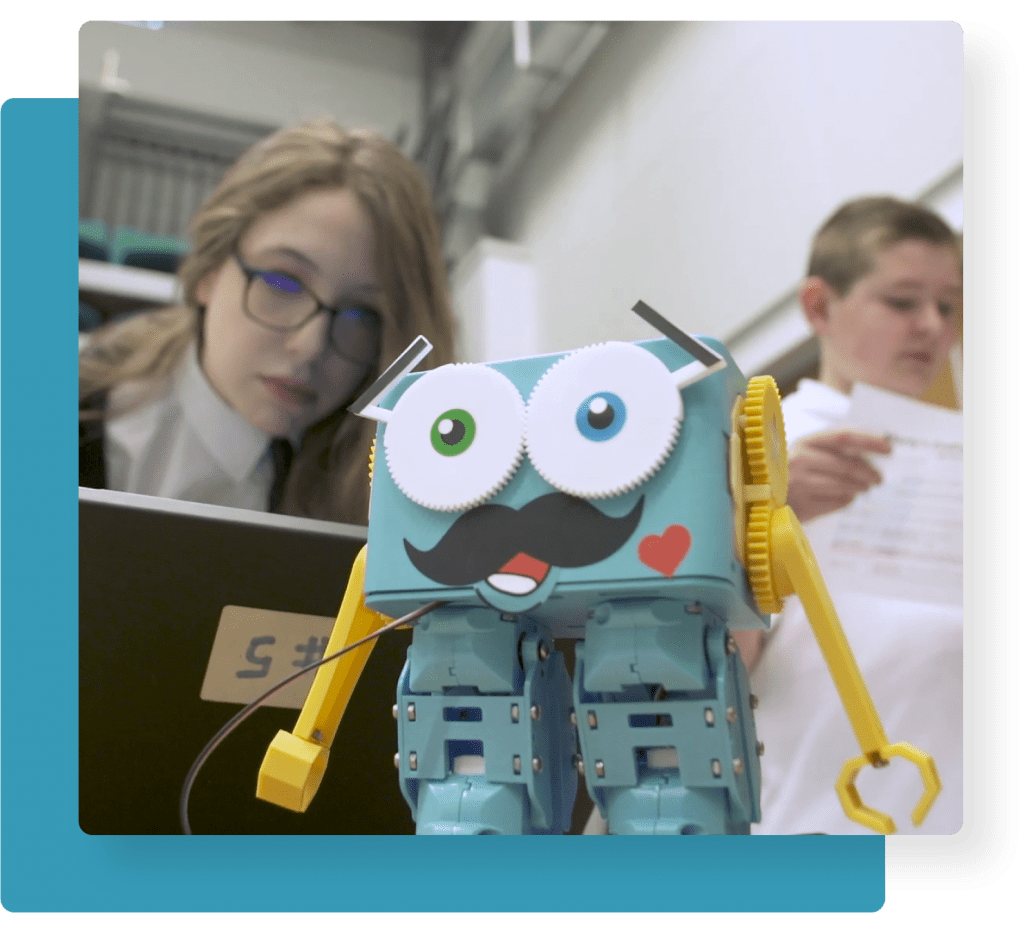
Marty links to mathematics learning by creating practical opportunities. From estimating distance and angles, walking the perimeter of shapes, responding to different conditional statements, based on a range of numerical values – the possibilities are endless.
Additionally, more advanced learners can trigger events by coding loops that make use of counters or timers, which reinforces an understanding of duration and units of time.
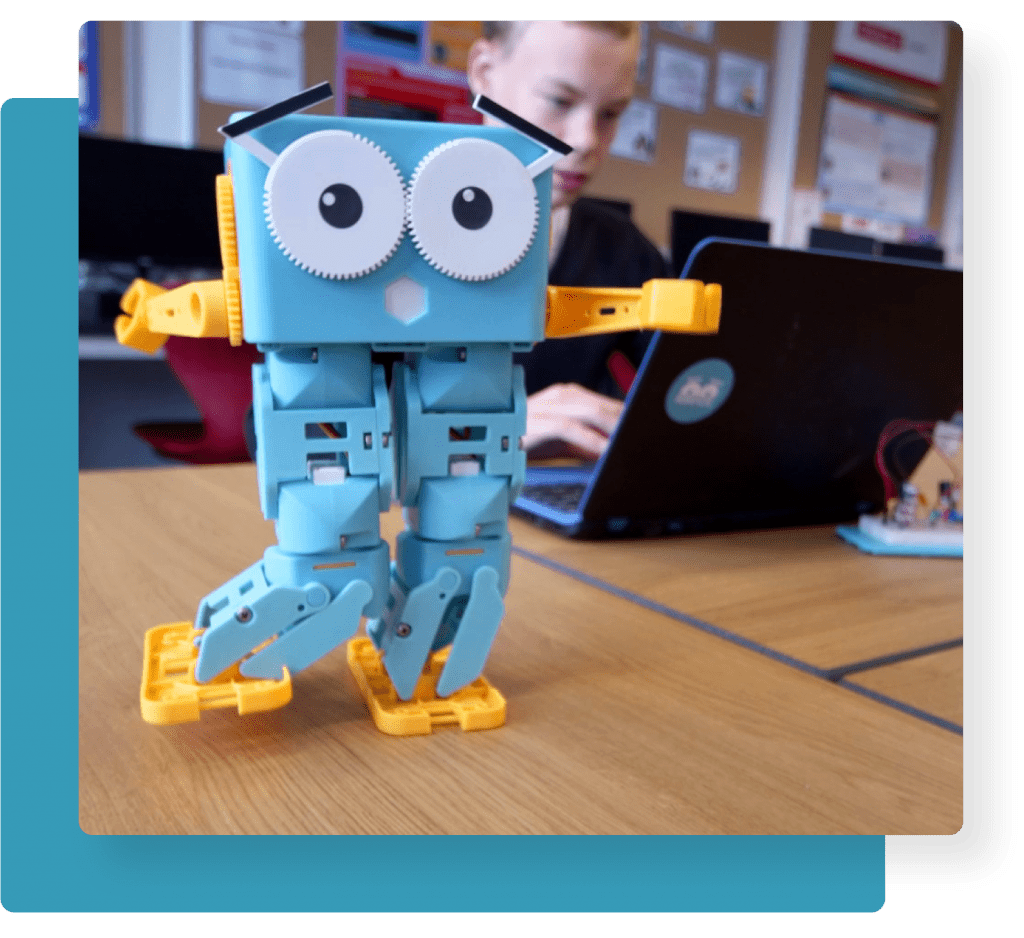
Marty is a great stimulus for imaginative and informative writing. Young children who shy away from fiction, find that having a character that can perform their story is exciting and rewarding.
The older students can practice writing sequential instructions by creating blocks of code that run in order, researching commands to better understand their parameters, and practice their presentation skills when they share the challenges and successes of creating programs.
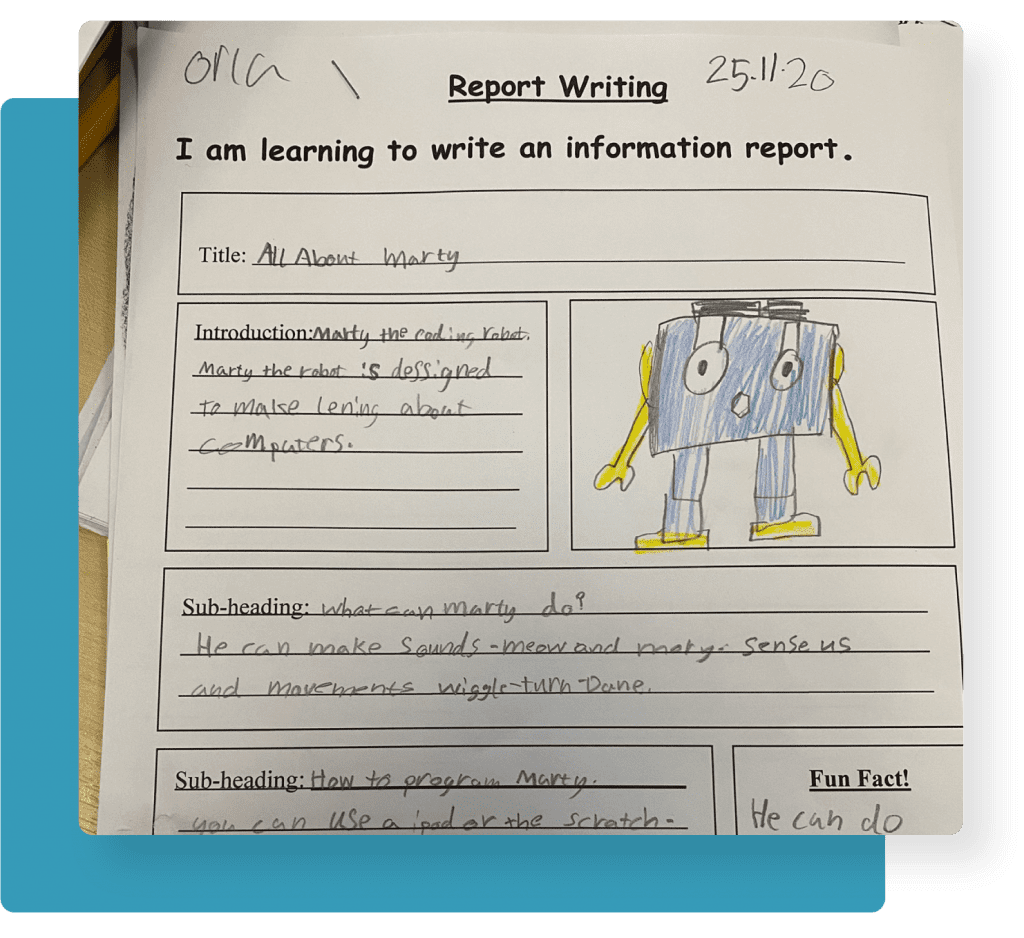
Robots are particularly suitable for engaging children with special educational needs: children on the spectrum respond well to the clear, consistent interactions that robots can provide.
As Marty is a humanoid robot, children form an instant connection. Marty provides an opportunity to develop communication skills and provide support for children who are keen to express their feelings and emotions with him. They often see Marty as a friend and part of the class.
Expose learners to situations that rely on communication and cooperation in order to achieve success. Paired or group programming opportunities are a regular part of a developer’s schedule. Encouraging the skills that are necessary for working as a member of a team are essential in today’s STEAM environments.
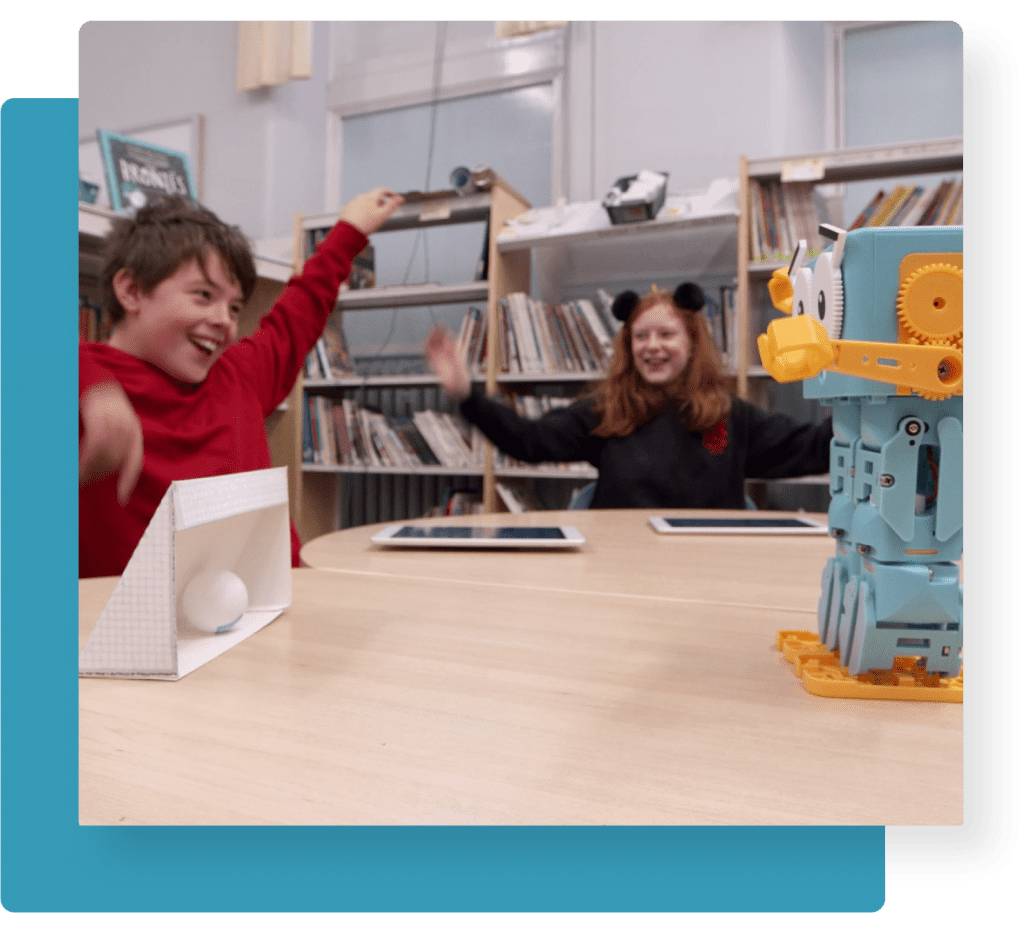
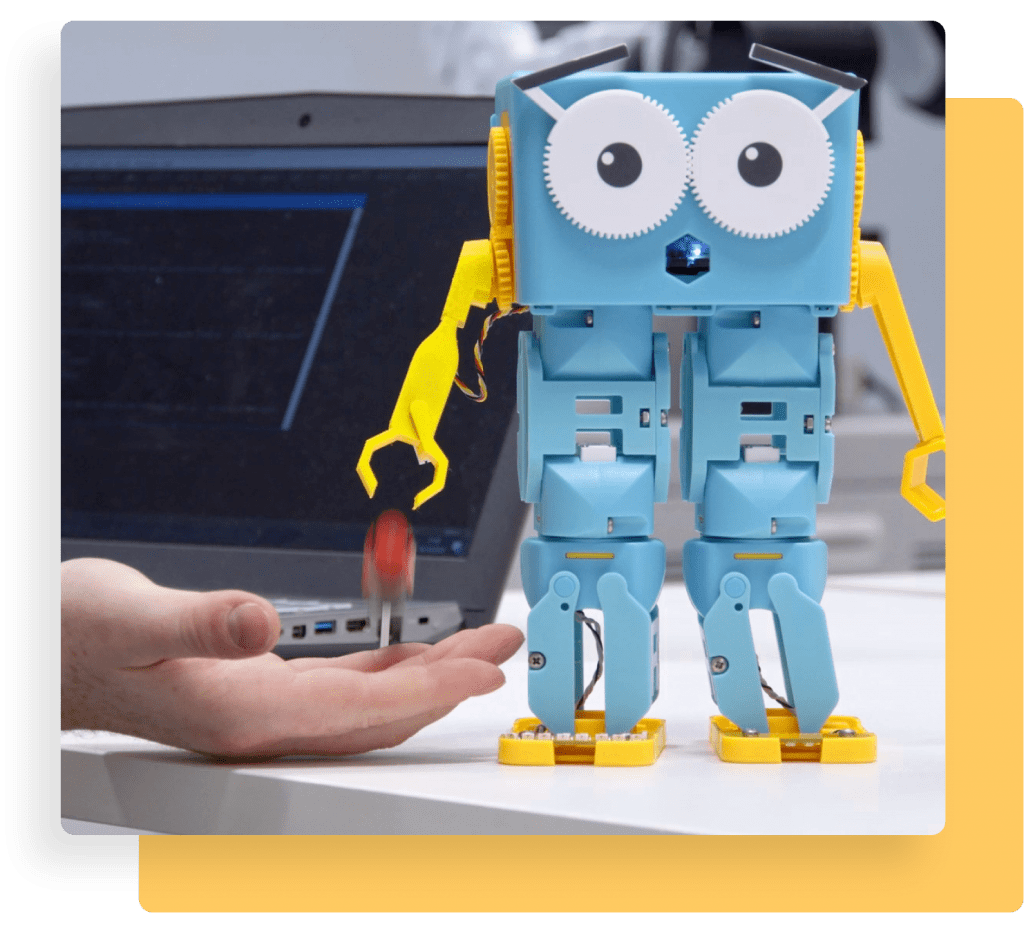
There’s been a lot of research conducted that suggests humanoid robots (the ones that look and act like people) are great at engaging students of all ages and stages. Humanoid robots have been shown to help develop computational thinking and foster greater engagement from learners across a wide array of subjects in the curriculum. Having a human form has been proven to invoke a stronger connection and sense of ownership.
We’ve compiled a research paper that showcases the benefits of humanoid robots in education.
We know that many department budgets are tight right now – even more so during a pandemic. However, educational grants are still available at federal, regional and local levels, many from private organisations and charities. Applying for grants can be daunting and scary, so we put together a 10-step guide to help you focus, hone your grant-writing skills and get noticed by those awarding the funds.

Are you looking for new STEM resources for your classroom? Robotical is loaning Marty the Robot to schools for no-obligation, two-week trials.